Best camera phone in Australia for 2025: the top smartphones for photos and videos, tested and recommended by experts

Interested in taking photos and videos with your phone? If you're serious about content creation via your handset, you'll want the best camera phone in Australia for that. It will need to be reliable, consistent and able to capture life's best moments without too much hassle or complication. These phones need to have a good mix of features, including a capable array of lenses, reliable battery life, an excellent screen, a good amount of storage and a photo app that's easy to use to make edits.
With that in mind, we think the Apple iPhone 17 Pro Max is the best camera phone you can buy right now, no matter the kind of content you're keen to create. That, however, doesn't mean it's the only camera phone to buy – we've tested all newly released handsets to bring you a fair few options to choose from, no matter the operating system you prefer.
The Samsung Galaxy S25 Ultra, for instance, takes amazing food photos with rich, appetising colours and a distinct blur effect. This year's iPhone 17 Pro and Pro Max take photos that look just as tasty. We've been big fans of the Google Pixel cameras too, and the Pixel 10 Pro and Pixel 10 Pro XL continue Google's trend of improving phone photography aided by AI tools.
We've tested a whole load of other handsets too, bringing you 5 excellent options for the best camera phone in Australia.
The best camera phone for 2025
Why you can trust TechRadar
Below you'll find more in-depth reviews for each of the best camera phones in Australia, complete with links to the full reviews written by TechRadar's team of smartphone experts.
The best camera phone
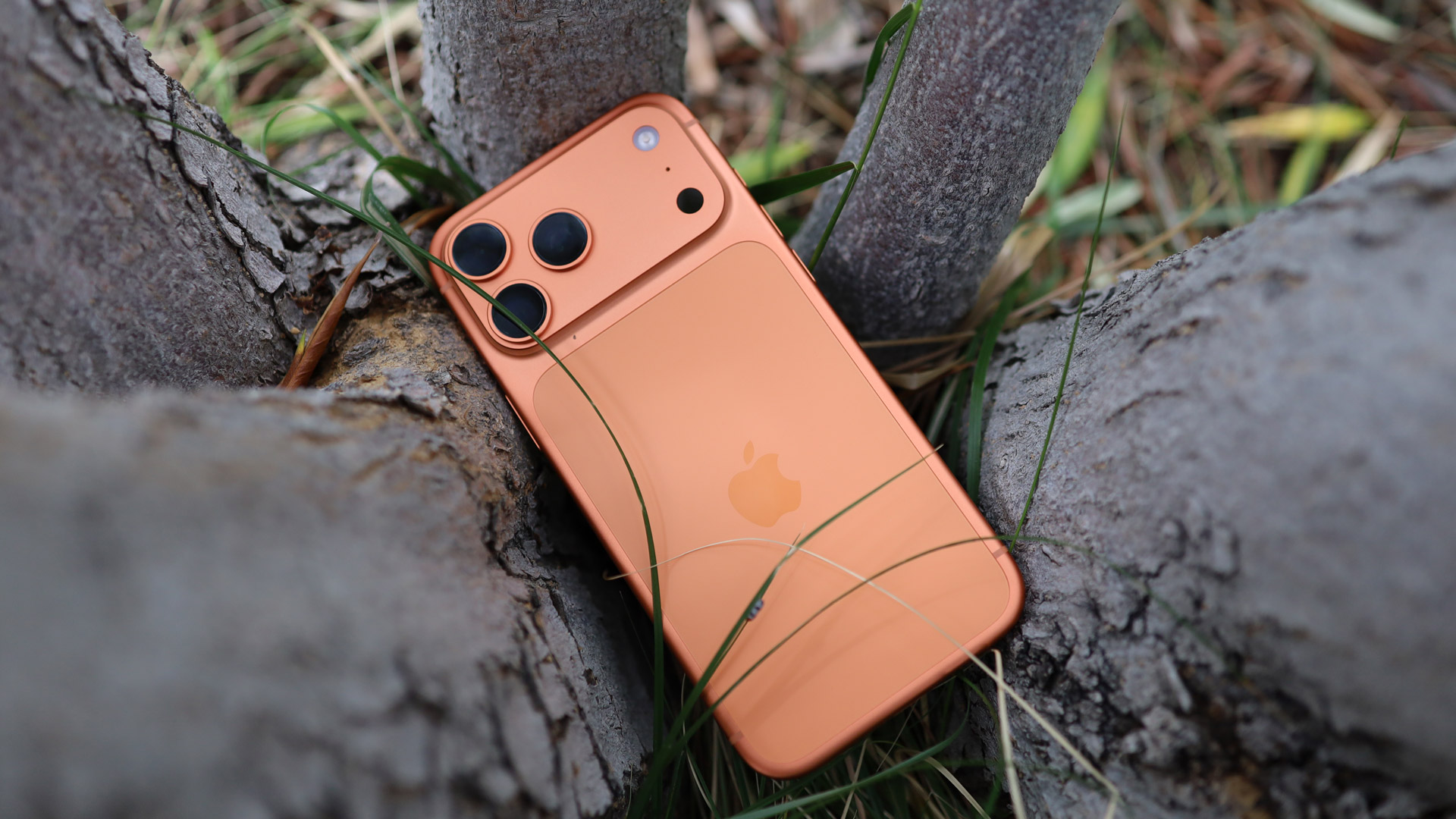
Specifications
Reasons to buy
Reasons to avoid
Apple iPhone 17 Pro Max camera samples
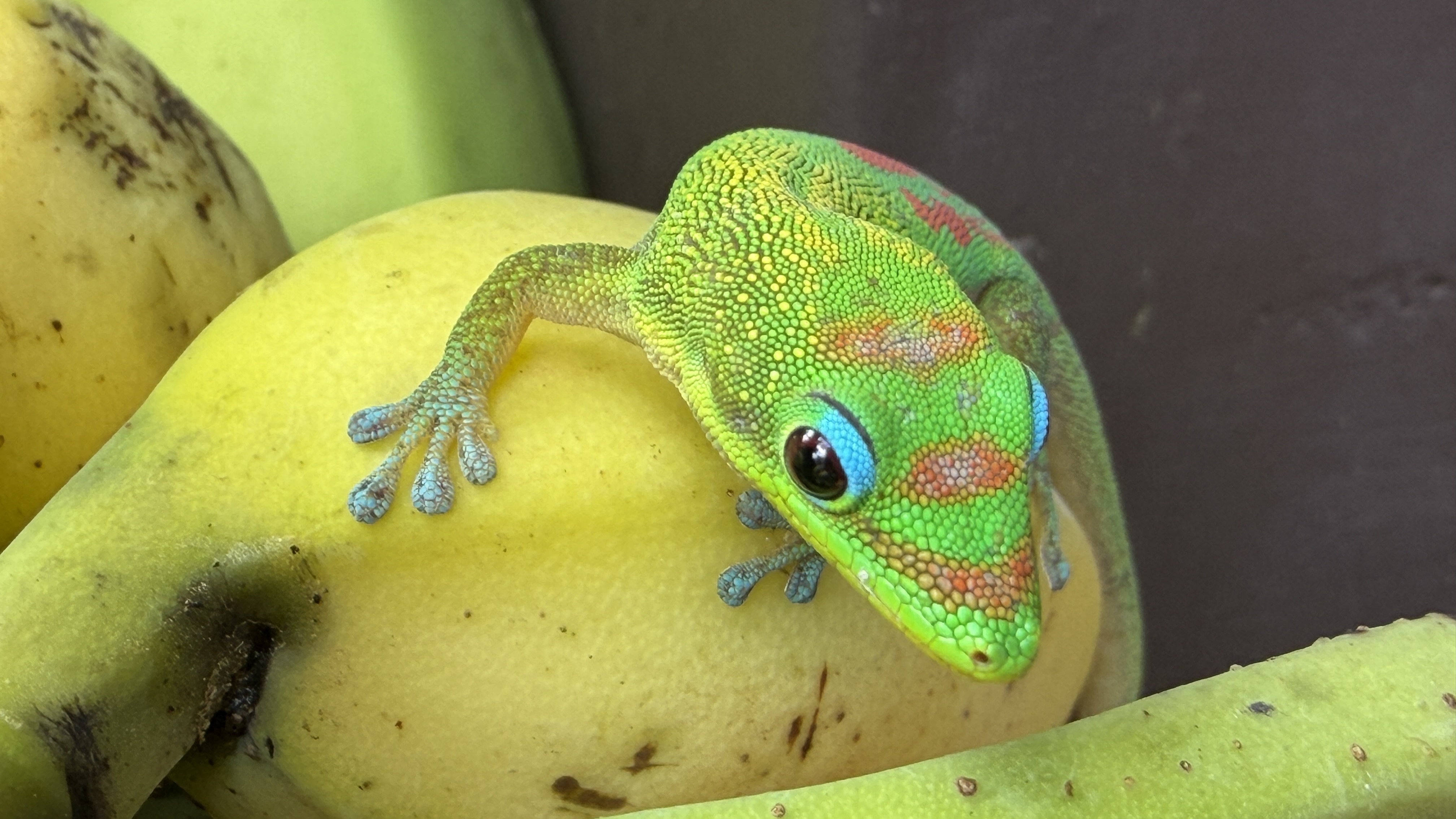



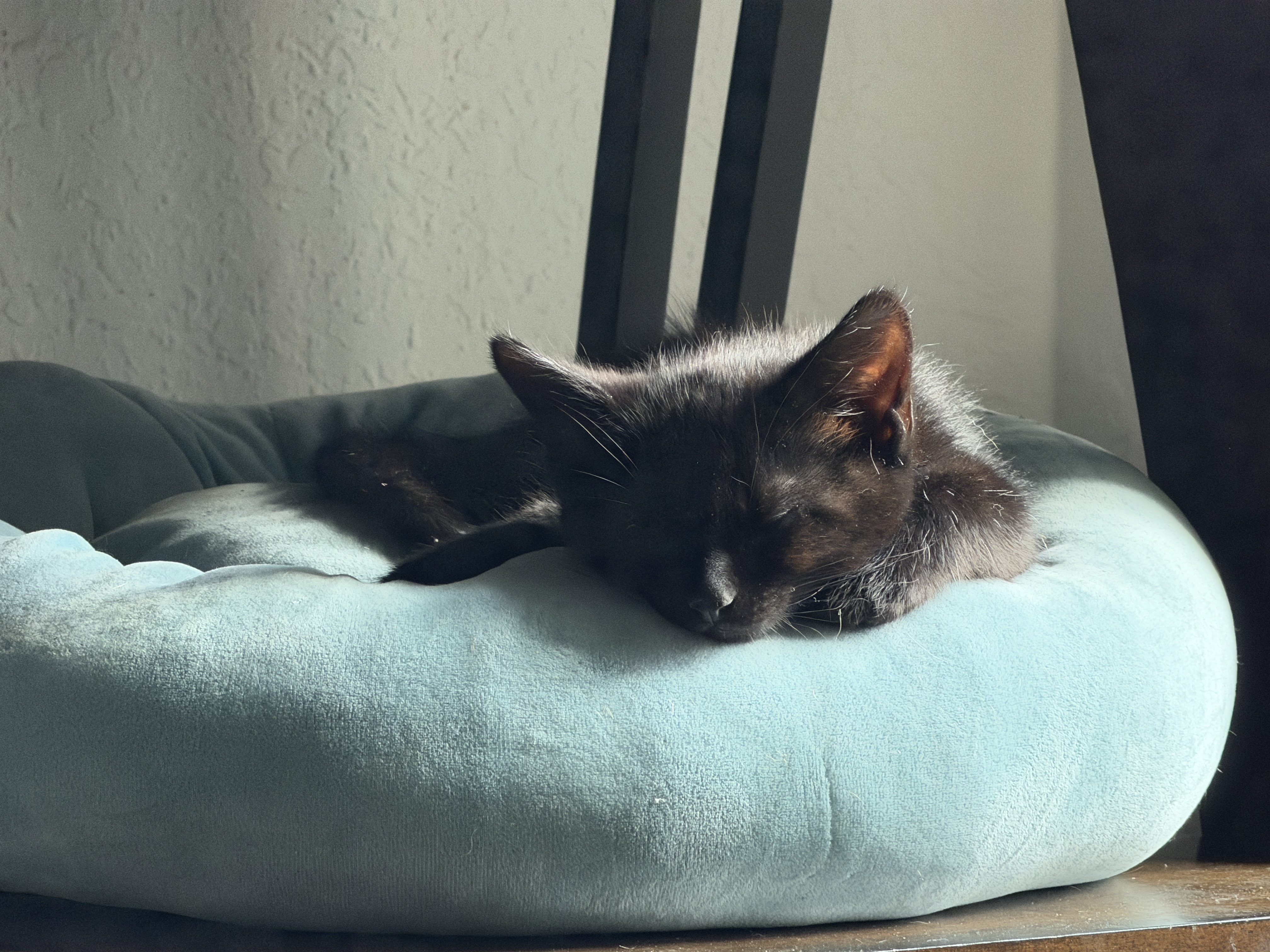

If it's the best you're after, Apple's iPhone 17 Pro Max is the way to go. It takes photos that are lifelike, rich in colour, nicely balanced and appealing to share. There are unique options to tweak the look of your photo or apply filters, but you won't need them. Photos look great straight out of the camera, better than we've seen on any previous iPhone we've tested (ie. all of them).
If you shoot video, you need an iPhone 17 Pro or iPhone 17 Pro Max. Other camera phones can claim to match the resolution and might come close to the same frame rate, but no other smartphone shoots video from start to finish that is so reliably smooth, with no hiccups or dropped frames. Other camera phones can record video, but the iPhone is the true videographer's tool.
There is, however, a distinct lack of shooting modes on the iPhone but, to be honest, we don't think that affects photos at all, but some of you might miss a Long Exposure mode, but keep in mind that those photo modes are usually AI tricks anyway. The iPhone 17 Pro Max doesn't need tricks. It just takes great photos.
Why the Pro Max? The iPhone 17 Pro has the exact same camera specs, so it will take equally amazing photos. If we're choosing between the two, you'd always want a larger viewfinder to help frame shots and see fine details. The bigger battery also helps.
Read our full Apple iPhone 17 Pro Max review
The best camera phone for influencers

Specifications
Reasons to buy
Reasons to avoid
Galaxy S25 Ultra camera samples
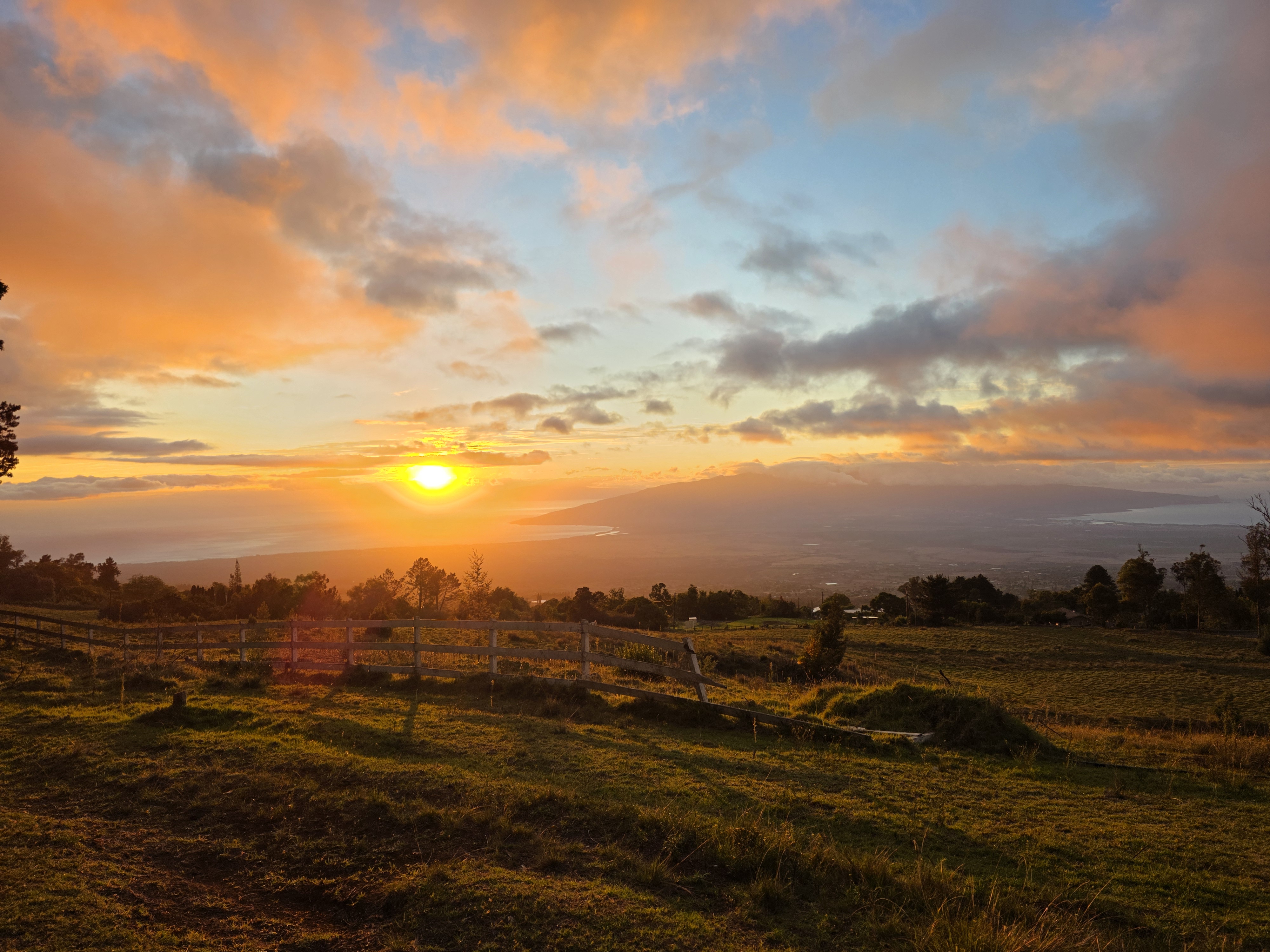
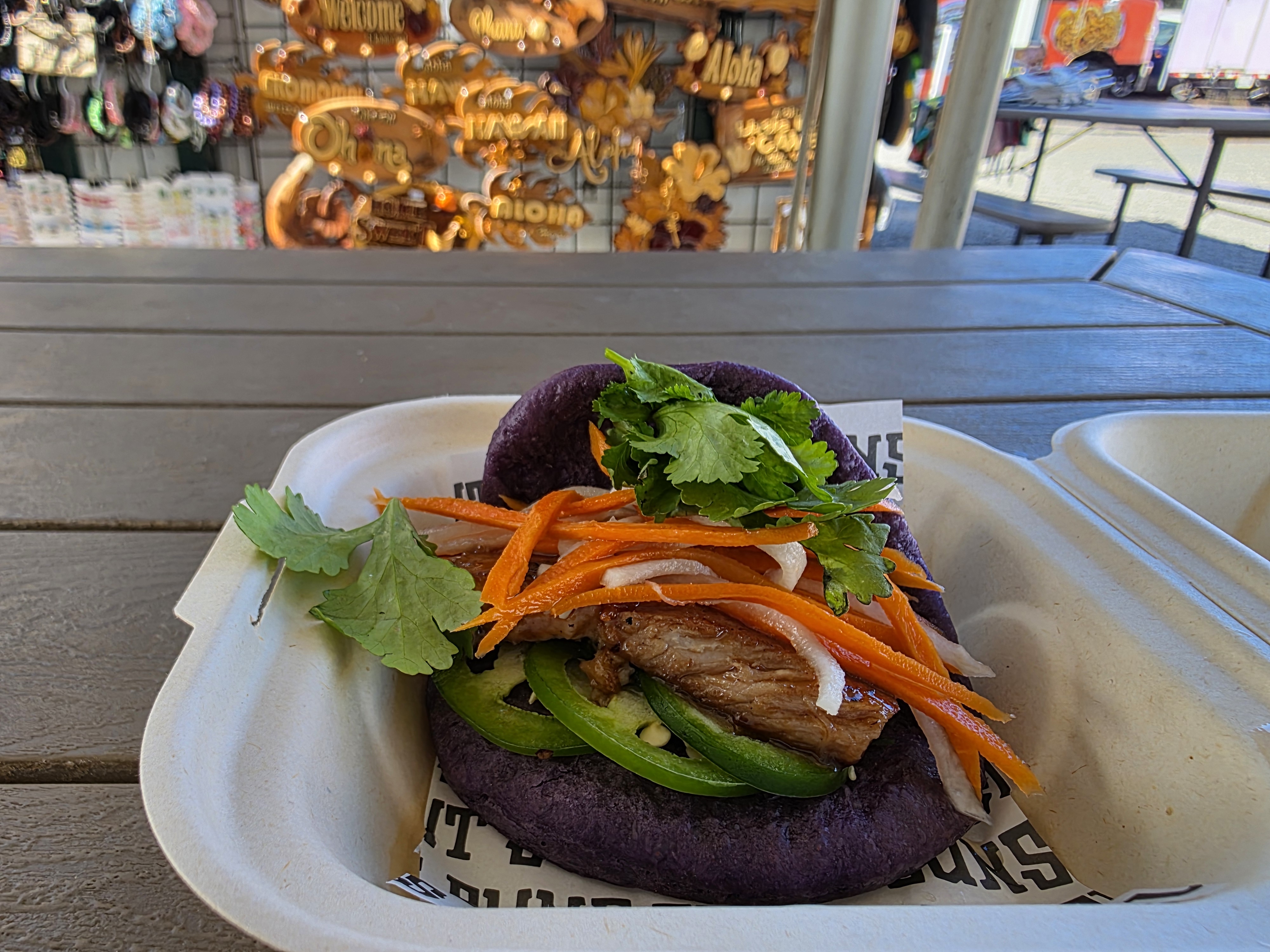





The Samsung Galaxy S25 Ultra doesn’t improve much over the already brilliant Galaxy S24 Ultra, but it is a distinctively different phone.
Featuring a more rounded design that makes it look similar to the standard S25 and the S25 Plus (and less like the Note range that it descended from), the Galaxy S25 Ultra doesn’t ruin a good thing. A class-leading 200MP wide camera, a new 50MP ultrawide camera, a 50MP periscope telephoto lens and a 10MP telephoto lens maintain the S25 Ultra’s top spot on this list.
Other phones may fare better in low-light environments, but for quality, the S25 Ultra has its rivals easily beat. An update to Samsung’s One UI 7 has also made the camera app easier to navigate, and colours continue to look just as vivid and gorgeous as they did on the previous phone.
One big difference between the S25 Ultra and the S24 Ultra is the nerfed stylus. Previously the Galaxy Ultra’s stylus could be used to take photos when away from the phone, but now Bluetooth functionality has been sadly removed.
If you want a smartphone that takes photos without any compromises, then the Samsung Galaxy S25 Ultra is the one to buy. That being said, it is quite a large phone and it's pretty pricey – so if you're looking to save money or want a smaller phone, you may prefer one of the other models on this list.
Read our full Samsung Galaxy S25 Ultra review
The best AI camera

Google Pixel 10 Pro XL
Our expert review:
Specifications
Reasons to buy
Google Pixel 10 Pro XL camera samples
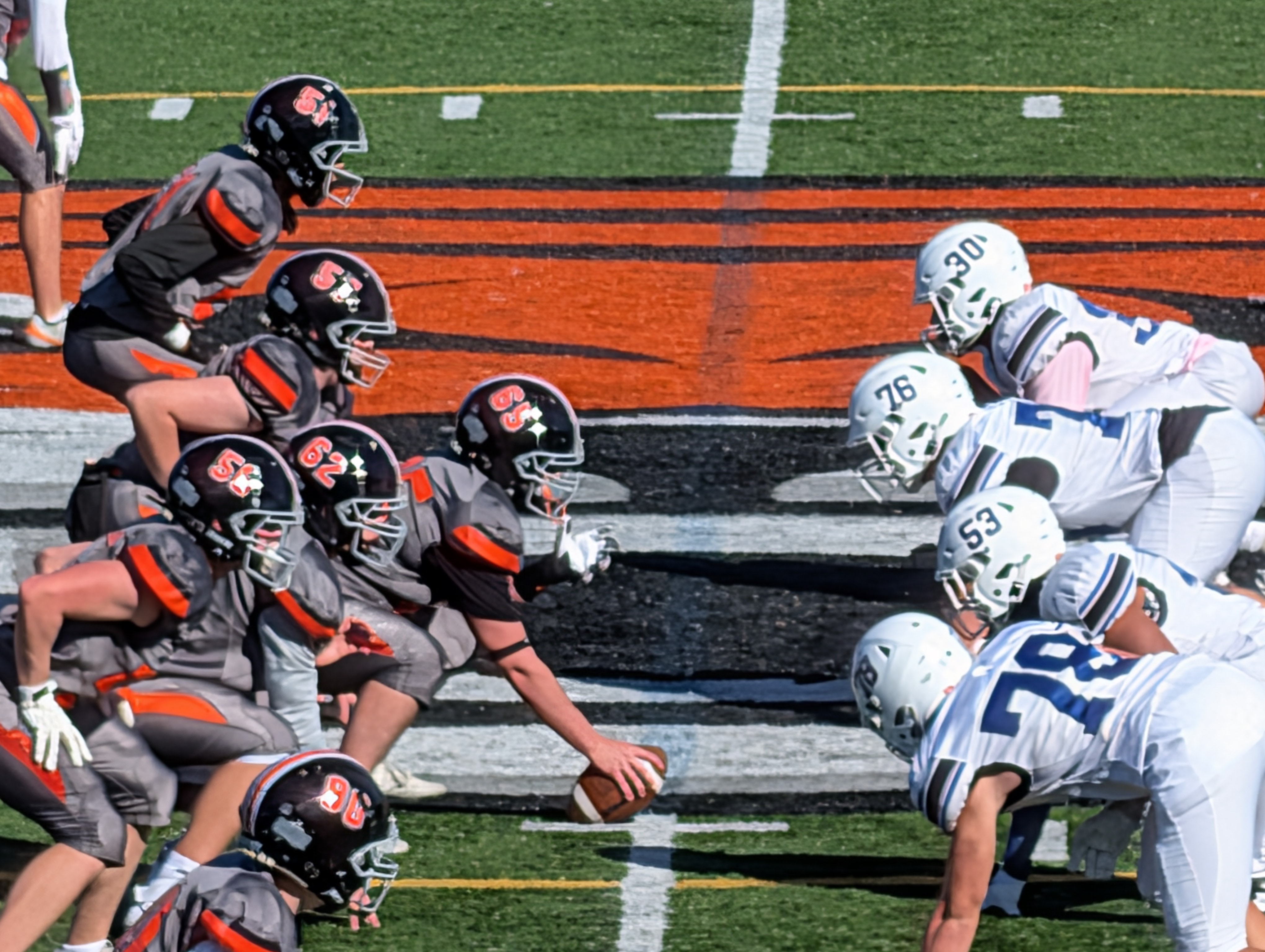
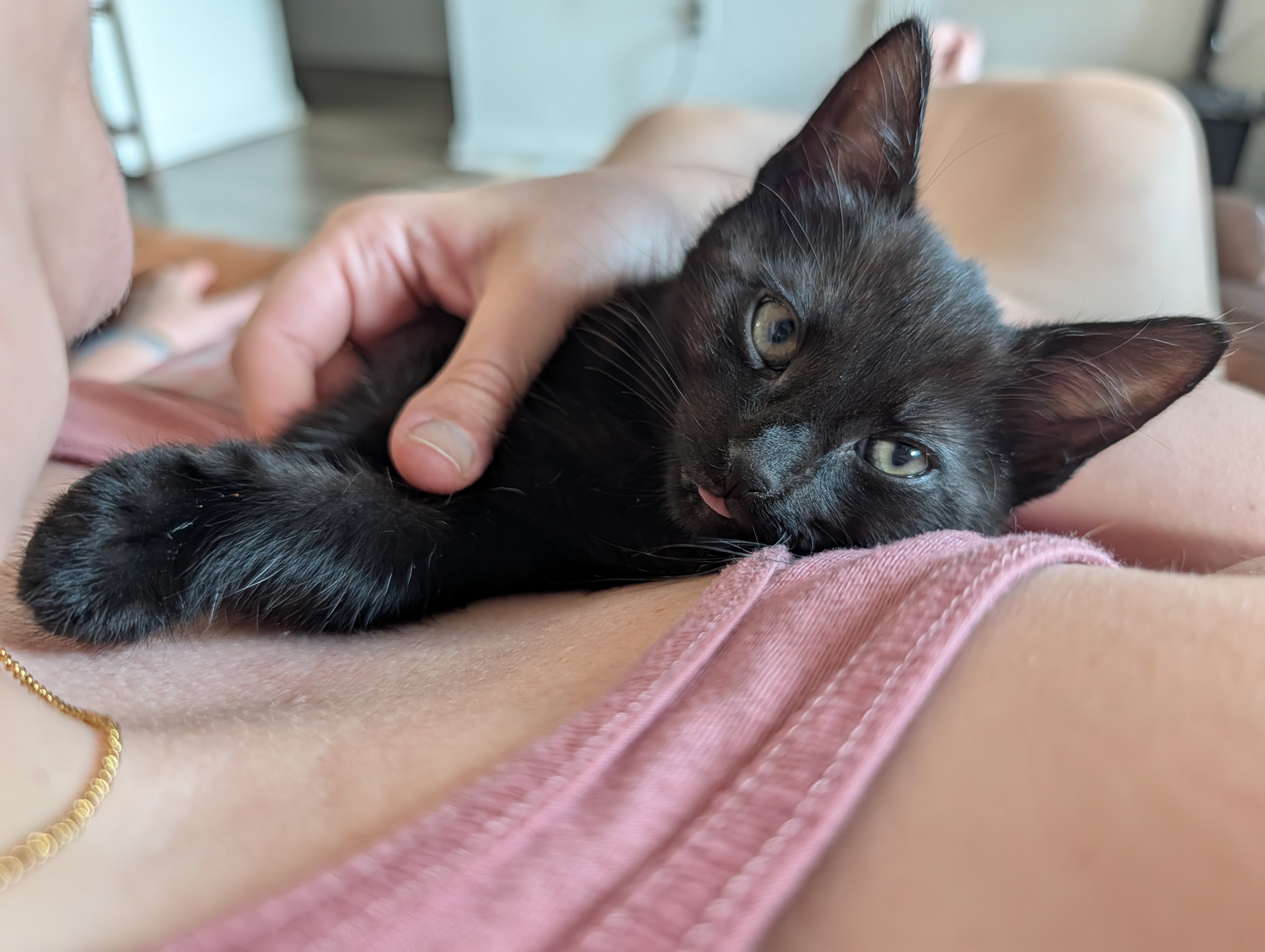
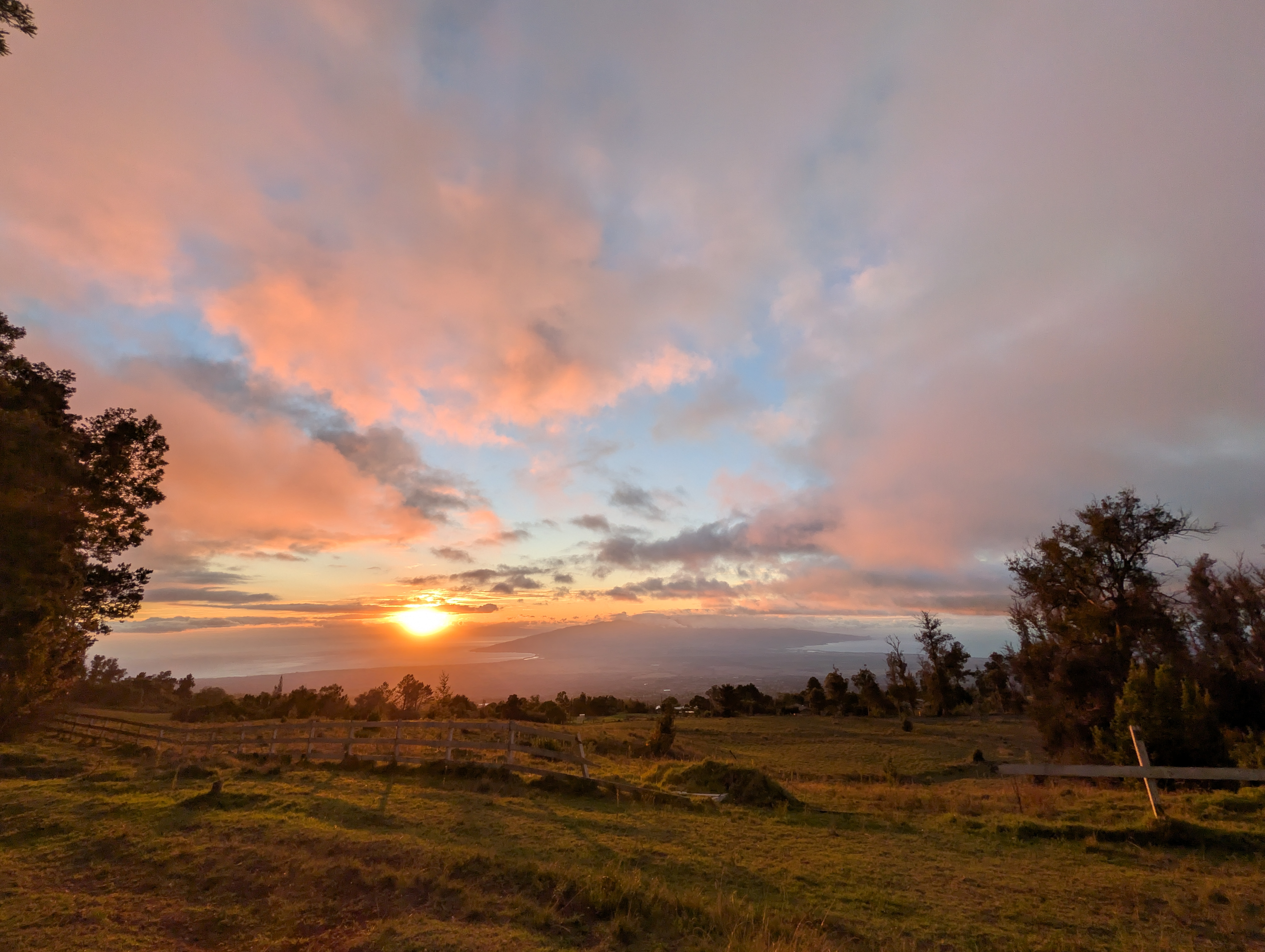

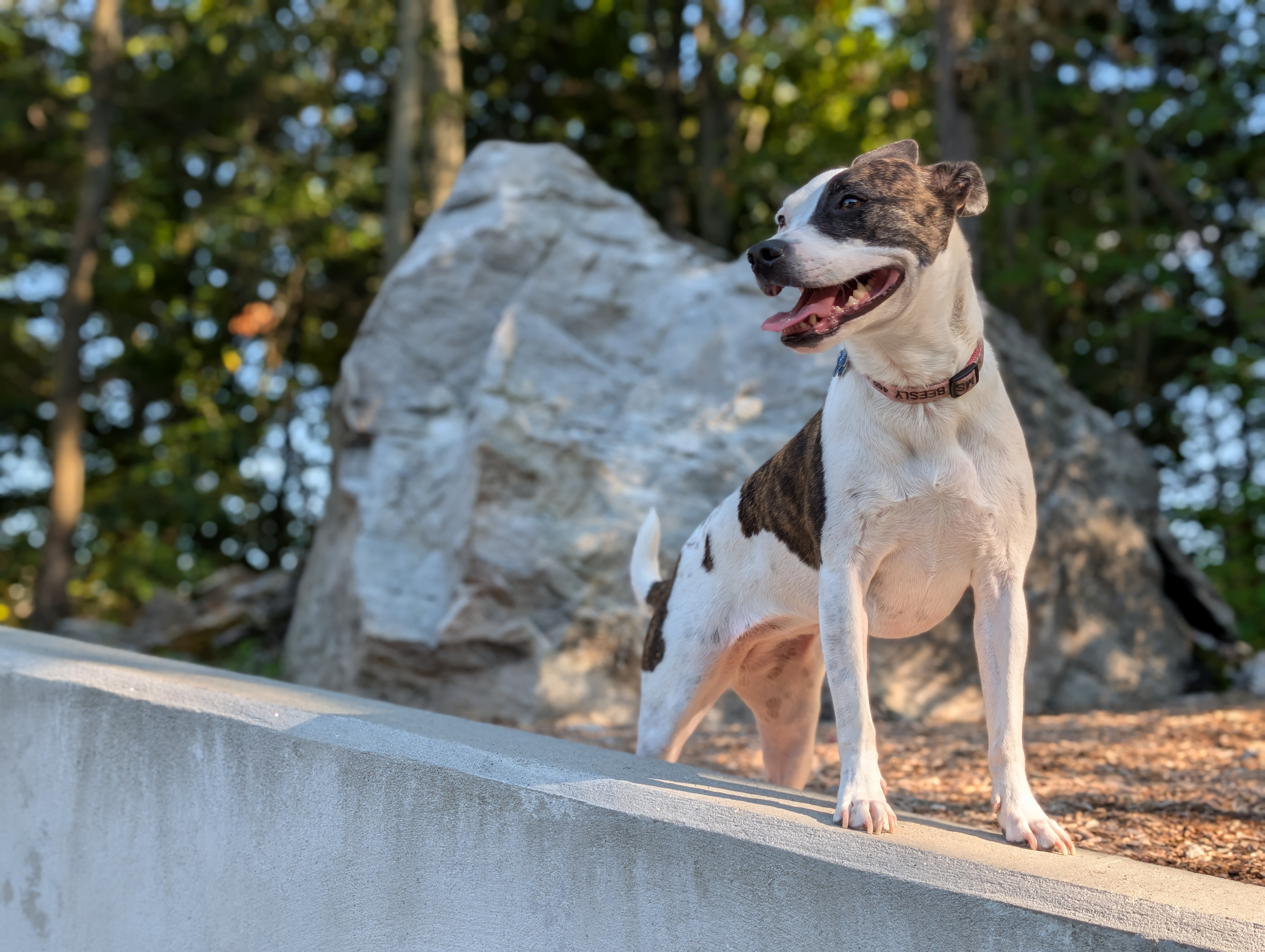
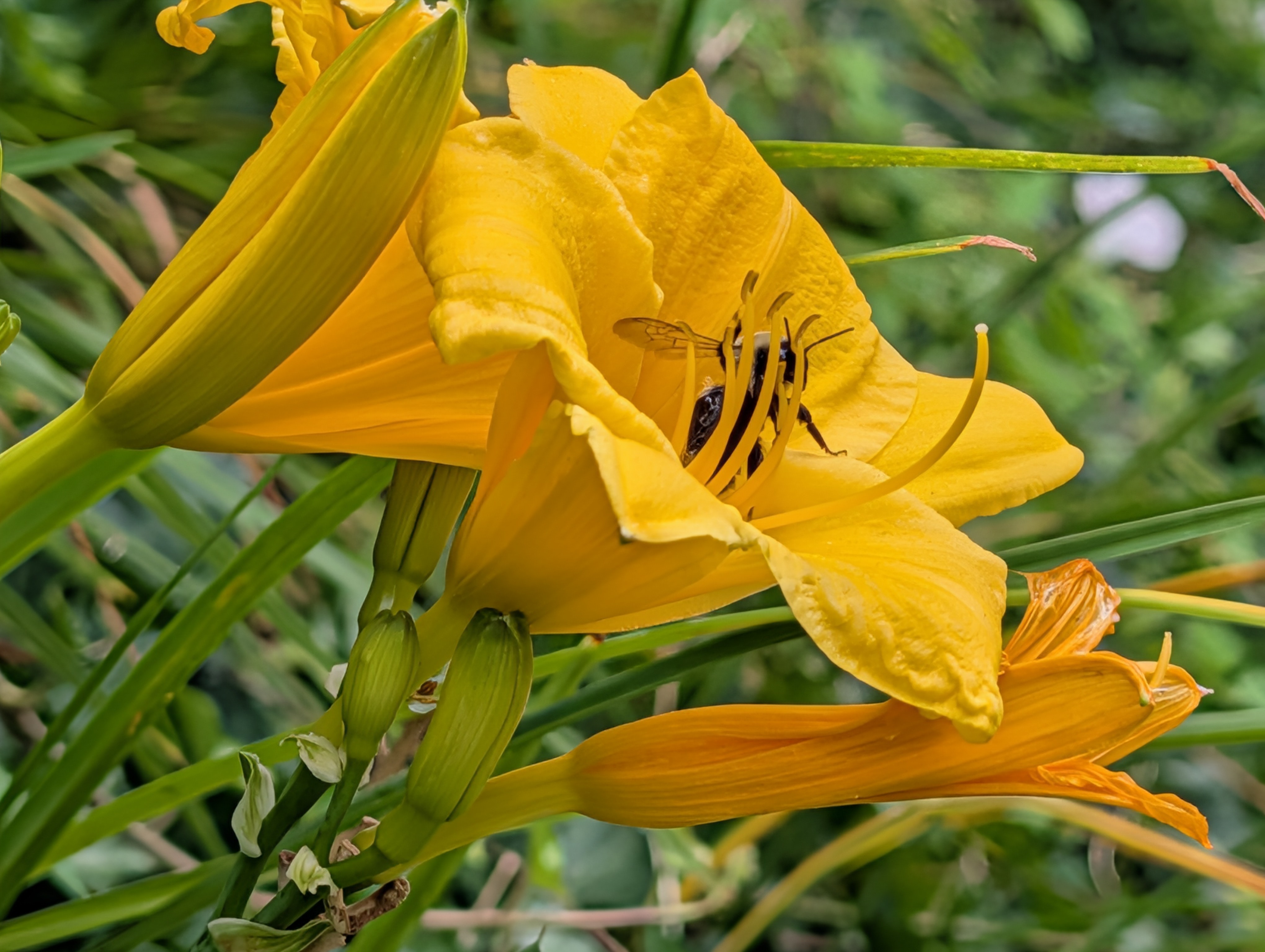
The Google Pixel 10 Pro XL is the best AI camera, a mighty feat considering every smartphone today is using AI to improve its photography. If the idea of an AI camera is unappealing, it shouldn't be. The Pixel 10 Pro XL helps you become a better photographer, it doesn't use AI to create something fake.
The new Camera Coach is an AI helper than looks at the photo you're thinking of taking and offers real improvements. It doesn't take the photo for you, it teaches you how to improve your settings, your framing, and your camera position to get the shot you want. If you're not a photo pro, you might be after spending time with the Pixel 10 Pro XL.
The Pixel 10 Pro XL is also the best camera for AI photos like portraits. Most cameras fake the blurry background in portrait shots, but do a terrible job figuring out what should be sharp and what should be blurry. The Pixel creates portraits that look like real camera shots, with just the right amount of focus.
I was also very impressed with the digital zoom photos I took with the Pixel 10 Pro XL. All camera phones sharpen your photo past 4X or 5X zoom, and the Pixel does the best job creating a natural looking photograph that I might want to share. Other cameras zoom in and look blurry and smudged.
There's a big caveat, and that's the Pixel 10 Pro XL uses a slower Tensor G5 processor that causes some lag in the camera, especially if you use advanced settings like night mode or take high resolution photos. I missed a few shots because of the slow performance. The good news is the shots I took looked fantastic.
Read our full Google Pixel 10 Pro XL review
The best foldable camera phone
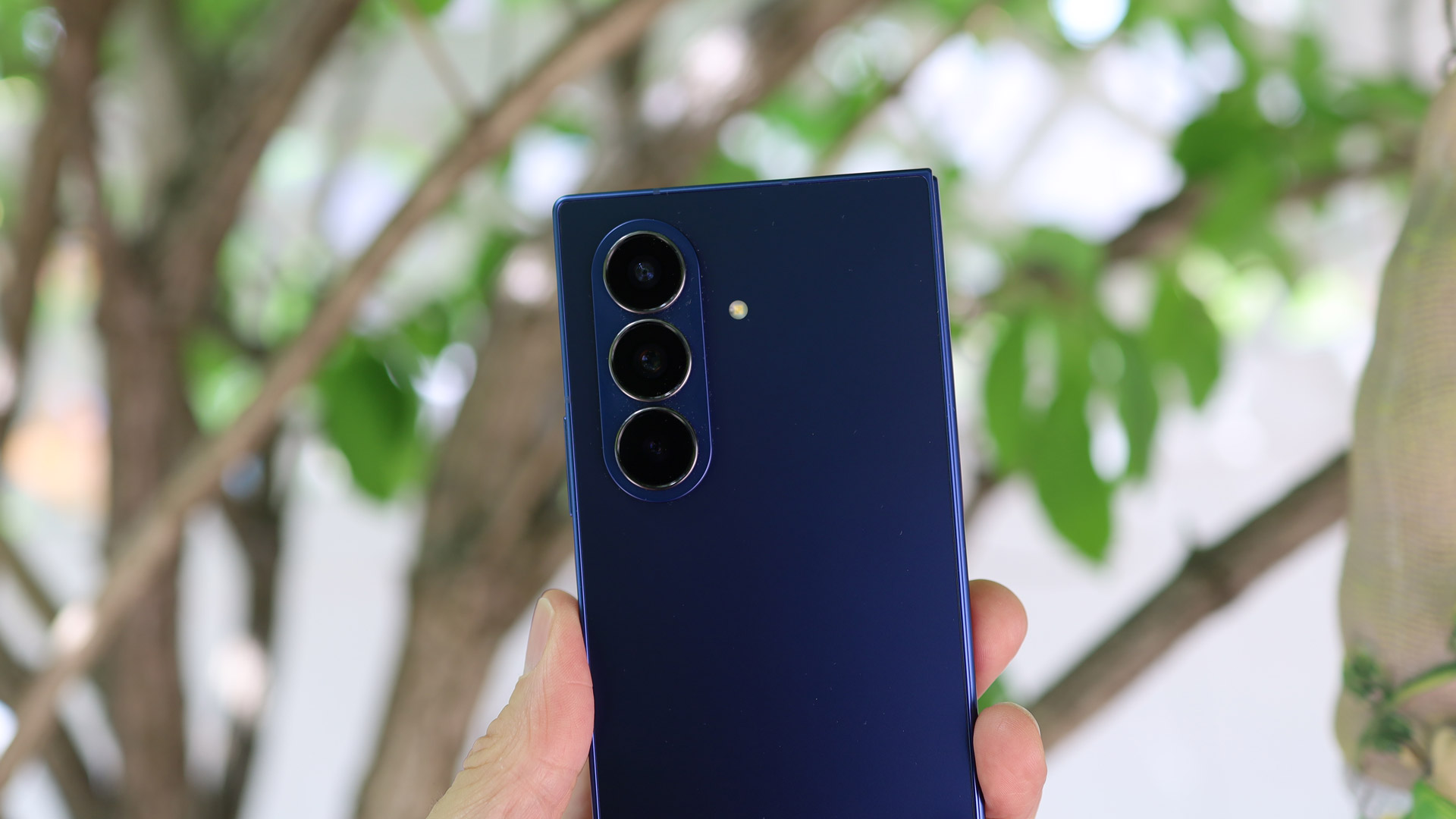
Specifications
Reasons to buy
Reasons to avoid
Samsung Galaxy Z Fold 7 camera samples
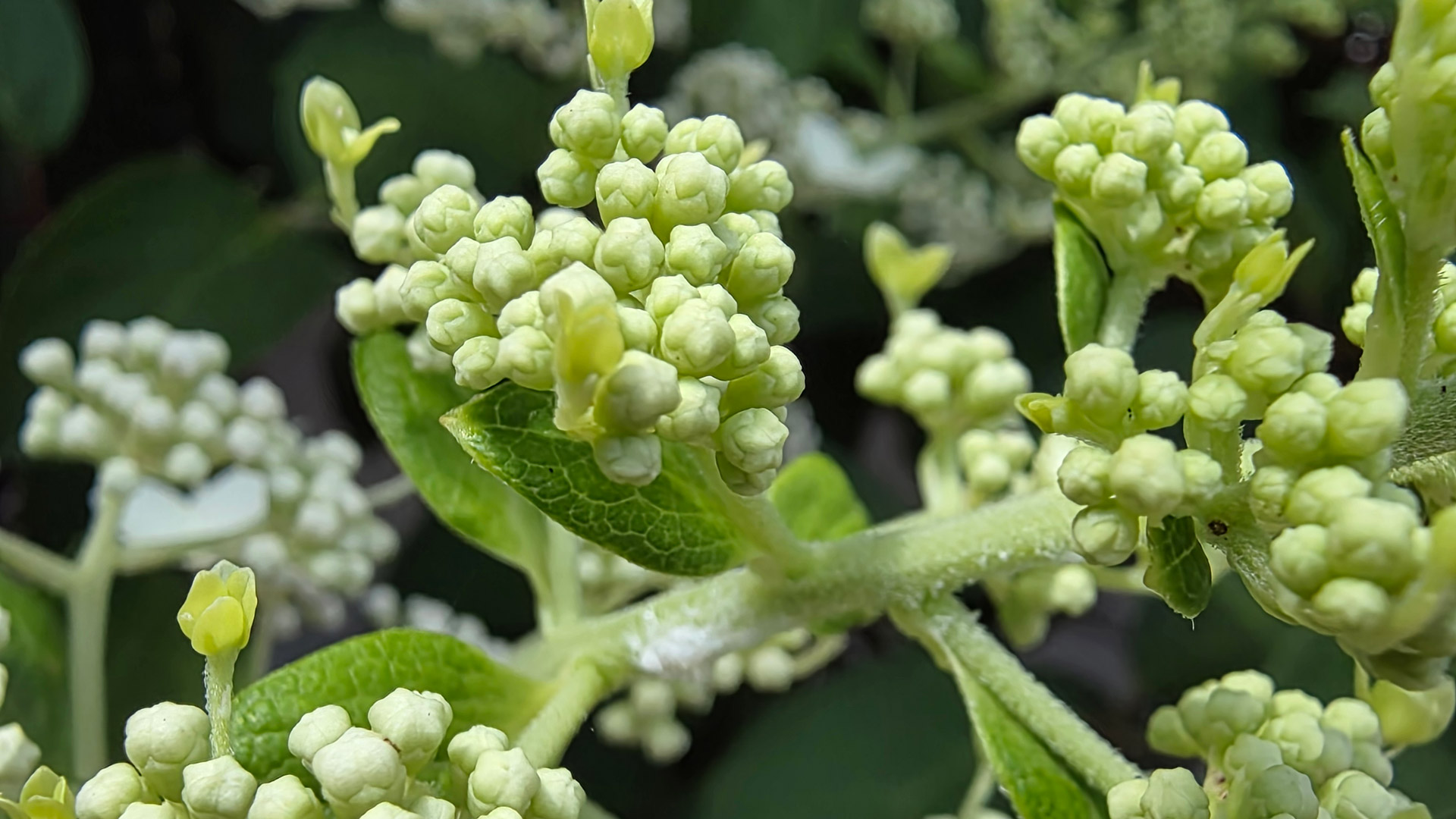
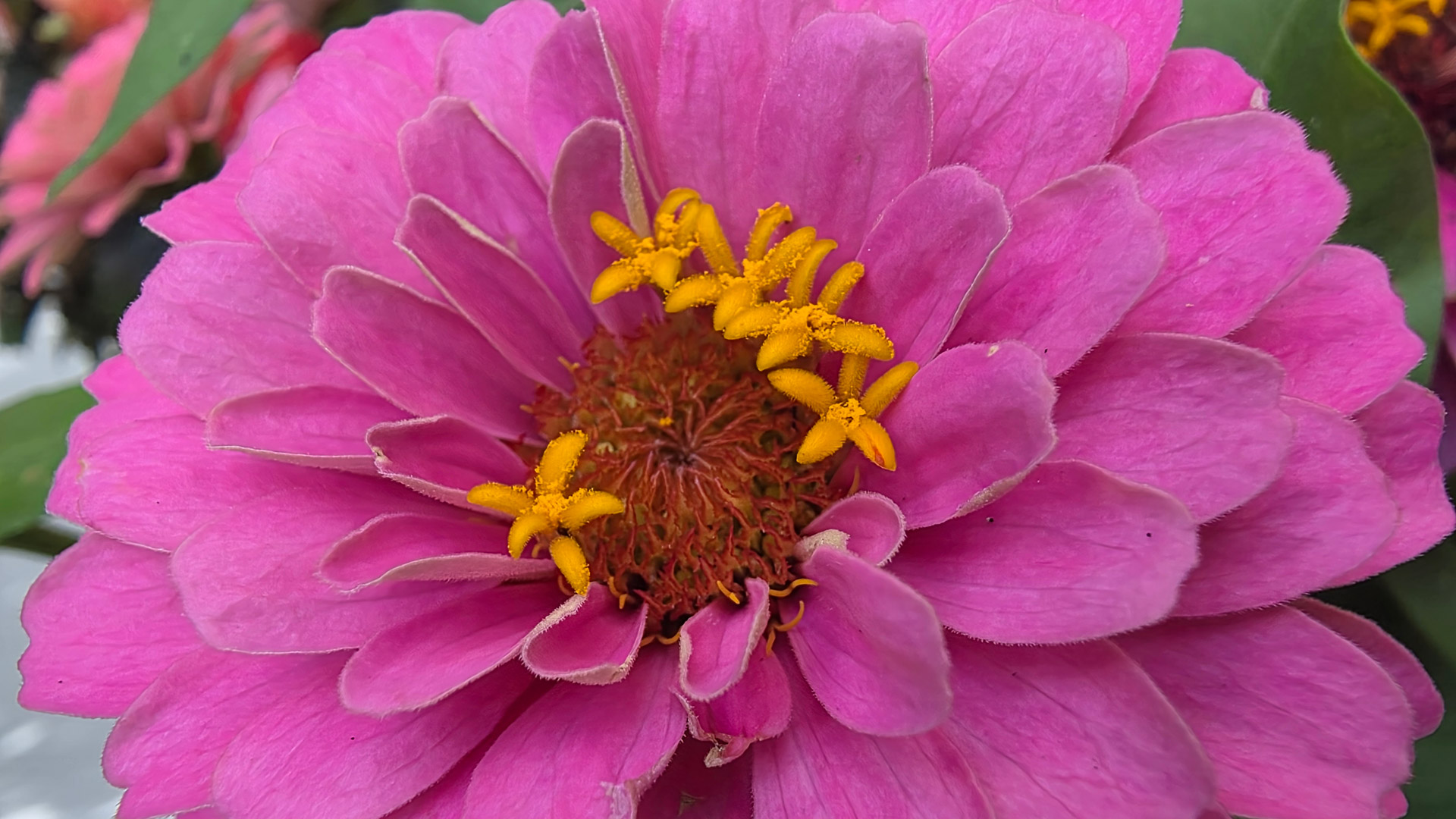

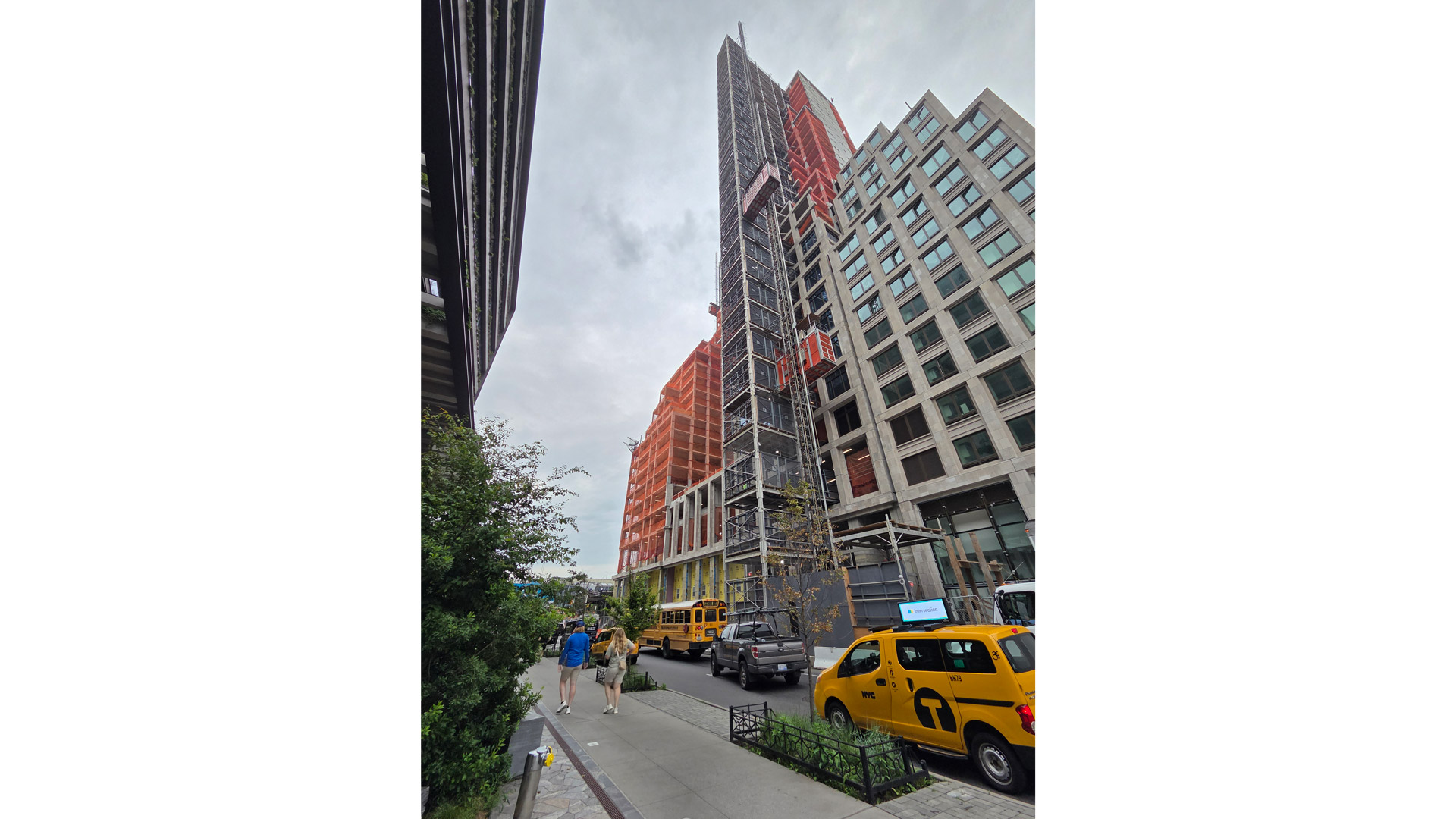
The Samsung Galaxy Z Fold 7 defies the foldable phone norm with a main camera ripped straight from the Galaxy S25 Ultra - a wide angle, 200MP shooter to complement the ultrawide and zoom lenses on this powerhouse phone. Any sensor can offer a ton of megapixels, but the Samsung ISOCELL HP2 sensor on the Galaxy Z Fold 7 is one of the best you can buy, and the Fold is the perfect phone to showcase it's prowess.
With such a big main camera, the Galaxy Z Fold 7 isn't just a great camera phone, it's instantly the best tablet you can buy for photography. Moreover, it offers an inner display that is just as big as an iPad mini, making it the tablet camera, er, phone of our dreams. It's incredibly easy to see every detail of your subject when you shoot with the Fold 7 open.
That big inner screen is also perfect for photo editing, whether you're using powerful tools like Adobe Lightroom or Samsung's own surprisingly adept Gallery app. The Gallery is where you'll find Samsung's special photo AI tools, and these editing options have gotten very good. If you delete somebody standing in front of vertical blinds, for instance, Galaxy AI is smart enough to redraw the blinds perfectly, matching the lines so it looks natural.
In our tests, the Galaxy Z Fold 7 really did produce images that rivalled the Galaxy S25 Ultra, at least on the main, wide camera. The zoom and ultrawide cameras took great photos, but they weren't quite as good or as detailed as the Ultra's shots, and the Fold 7 maxes out at 3X zoom, unlike the 5X zoom you'll find elsewhere. Still, this is by far the best foldable for photos, and it's images exceed my expectations of what a foldable phone can deliver.
Read our full Samsung Galaxy Z Fold 7 review
The best budget camera phone

Google Pixel 9a
Our expert review:
Specifications
Reasons to buy
Reasons to avoid
Google Pixel 9a camera samples





The Google Pixel 9a is solid value, and even though the camera specs seemed to have dipped compared to the last generation Pixel 8a, the photos we got when testing the Pixel 9a were fantastic. Google has a great habit of tuning its bargain phone cameras to look nearly identical to the Pro models, with the same accurate colour and balanced lighting.
Our reviewer was especially impressed by the new macro capabilities, which rely on AI to improve the photo. He took shots side-by-side against his Nikon D750 camera with a real macro lens, and the Pixel 9a not only delivered comparable results, it even managed to do a better job when there wasn't much light available, while the Nikon needed a flash.
The only real complaint about the Pixel 9a is that its kinda ugly, but that's in comparison to the Pixel 9, which we found to be one of the prettiest phones of 2024, so it was a letdown that the Pixel 9a didn't look identical.
Still, this phone has great cameras, solid performance at this price, and a great display to help you take your shots. Google loves to offer discounts on the Pixel A-series phones, so if you can find it even cheaper, it's a no-brainer decision. But even at full price, it's a great budget camera phone.
Read our full Google Pixel 9a review
Best camera phones in Australia: FAQs
How we test camera phones
We've fully reviewed every phone on this list and that includes extensively testing all of their cameras, so we know exactly how they perform. This allows us to look beyond specs and create a ranking based on how these camera phones are in practice. We've also considered price, value and features when deciding on a ranking.
What should I look for when buying a camera phone?
When choosing a camera phone you should consider the types of photos that you want to take. If you want to photograph wildlife or other things you can't easily get close to then a telephoto lens is essential, with zoom a key factor to consider, while for landscapes a good ultra-wide is your friend.
But of course, still photography isn't the be all, end all. If your needs are more centred around video recording you will want to track assets like the resolution at which a camera phone shoots video, stabilisation features (for action video) and capture modes.
When you have at least a general idea of what you need from your phone's camera, you can get a better picture of which is the best camera phone for you, with the list above helping you to easily find which options tick the right boxes for what you might need.
Which phone has the best camera?
The best camera phone will depend on your needs, and the phone with the best camera will depend on how you measure what makes a camera powerful. In reality, the hardware of a camera isn't the only measure (or even the best) to determine how good a camera is for a smartphone.
That said, the Samsung Galaxy S25 Ultra manages to offer the most compelling and impressive balance of almost everything you could want from a camera phone to take our spot as the best overall.
Which phone is best for making YouTube videos?
If you're looking for a phone that will be best for filming YouTube videos or vlogging, there isn't a better option than the Samsung Galaxy S25 Ultra right now. Excelling at recording quality video in high resolutions and in a variety of settings, it's a truly impressive camera phone for shooting film.
Not far behind is the iPhone 16 Pro / Pro Max, which maintains the video prowess that iPhone's flagship handsets have boasted for years now, with even the likes of Academy Award-winning director Steven Soderbergh having shot entire films with the use of an iPhone. And the iPhones have improved even further with shooting video since then, offering features like Cinematic Mode, Action Mode and an ability to record in ProRes for professional quality video capture.
Sign up for breaking news, reviews, opinion, top tech deals, and more.

Zac was part of TechRadar's Australian phones desk, covering the big releases from the likes of Google, Samsung and Apple. He continues to write about the Aussie EV market for this publication. He's previously written for Gizmodo Australia, Canstar Blue and The Daily Mail Australia (with articles on Nine, Junkee, Kotaku Australia and Lifehacker Australia).
- Sharmishta SarkarManaging Editor (APAC)